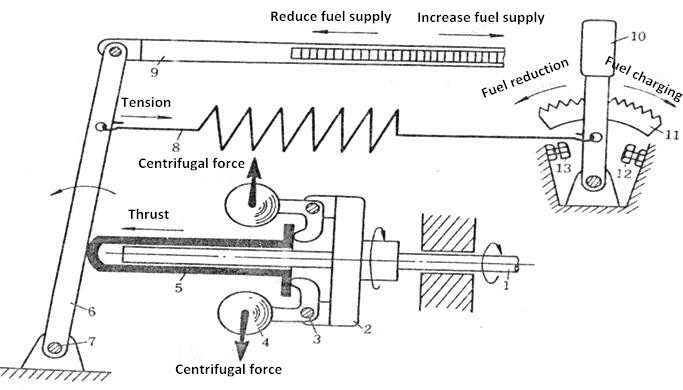
The governor of a diesel engine generator is often referred to as the speed controller, owing to the fact that its primary purpose is to ensure that the speed of the unit is constant at all times, irrespective of the imposed load conditions.
We understand this may not be making much sense to you, but read on, and rest assured that you will know all about diesel engine governors!
For a diesel generator to maintain the requisite level of output specifications, it is essential that the diesel engine maintains a stipulated engine speed. This task is undertaken by a device known as the governor.
Table of Contents
How do Gasoline Engines work?
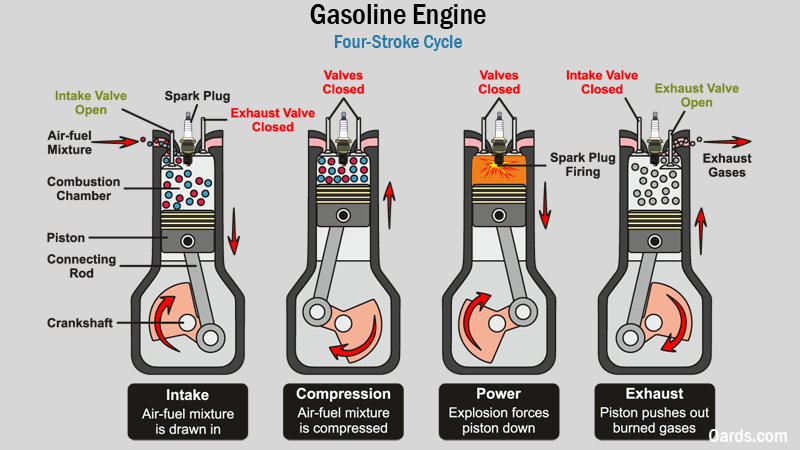
To put things in perspective, let us understand how gasoline engines work. In the case of petrol engines, the delivery of air as well as fuel at different speeds and load conditions are both controlled by the carburetor.
This, however, isn’t possible in diesel engines, as in the case of an increase in engine speed, the air intake decreases thereby resulting in an increased injection of fuel. Similarly, at idling speed or a relatively lower speed, the fuel supply is minimum.
This difference in speed can prove to be detrimental to the generator’s health, which is why a governor is quintessential to control the fuel injection as a means to ensure optimal conditions at all speeds and loads within a stipulated range.
Did you know? A governor capable of holding any speed between idling and maximum speed is called a variable speed governor.
Now that we have established the importance of a governor in a diesel generator, let us examine the two prominent types of governors typically found in commercial generators.
Mechanical Governor of Diesel Generator
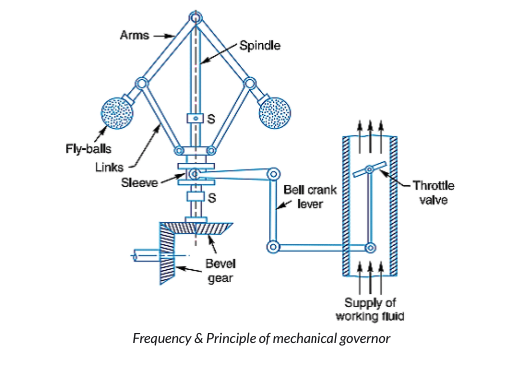
As suggested by the name, this system is comprised of mechanical engine control functions with generator electrical load needs. This system was widely used in earlier generators but has slowly phased out with the onset of digitization.
One of the most imminent mechanical governor control systems known as the Woodward control system included the following parts –
- Woodward Governor – Essentially a centrifugal mechanical governor that mechanically controls the speed by receiving analog input signals from the controller.
- Speed Sensor – The magnetic sensor was responsible to supply information to the Woodward controller.
- Woodward 2301A Controller – The controller received signals from the speed sensor and transmitted the same to the governor.
This control system was an analog control system, wherein the system settings were accomplished via the use of adjusting screws turned in a specific direction. Multiple generator control was offered with this system.
Through the use of additional hardware installation, the system allowed for remote communication as well as the operation of the emergency power control system.
Electronic Governor Control Systems
New-age generator sets make use of the electronic governor control system, wherein the system interfaces the controls engine and the generator control functions to facilitate a constant, reliable power source. The electronic governor control system largely comprises of the following components:
- Analog and Digital Signal Mechanism
- Electronic Control Module (ECM)
- Engine and Generator Interface Controls
Working Principle of an Electronic Governor in Diesel Engine
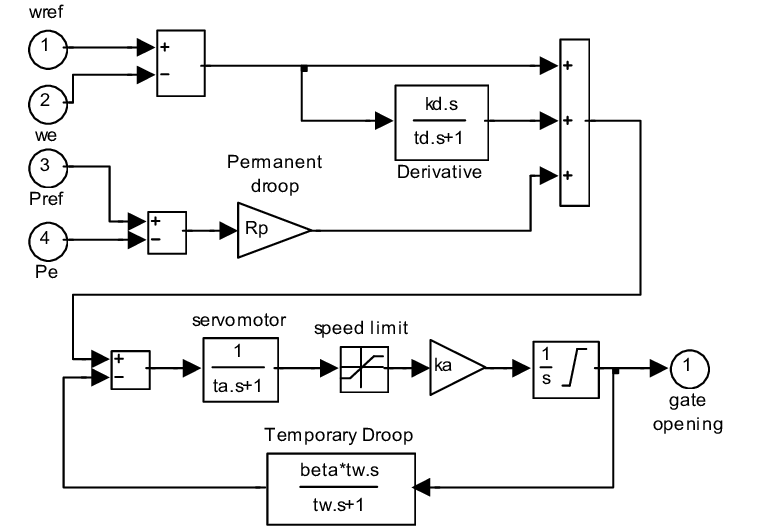
The basic principle of working of governor states that the governor spring and flyweights are selected in a way that any engine speed, the centrifugal force, and the spring force can remain in equilibrium.
In case the speed increases, the growing centrifugal force of the flyweights works to reduce the system of levers in a bid to reduce the delivery of fuel. Similarly, when the speed decreases, the control rod moves to increase the fuel delivery rate, thereby increasing the speed to the requisite level.
Through these maneuverings, the governor maintains a uniform speed automatically.
We hope that you are now well aware of the purpose, types as well working principles of a governor in a diesel generator. Even if you found the information a tad overwhelming, you need not worry! After all, you can always seek the support of our highly trained generator technicians here at Swift Equipment. Right from offering end-to-end repair and maintenance services of your generators, to helping you with some knowledge bites – our team can do it all!
Diesel Engine Governor FAQ
What is the difference between governor and flywheel?
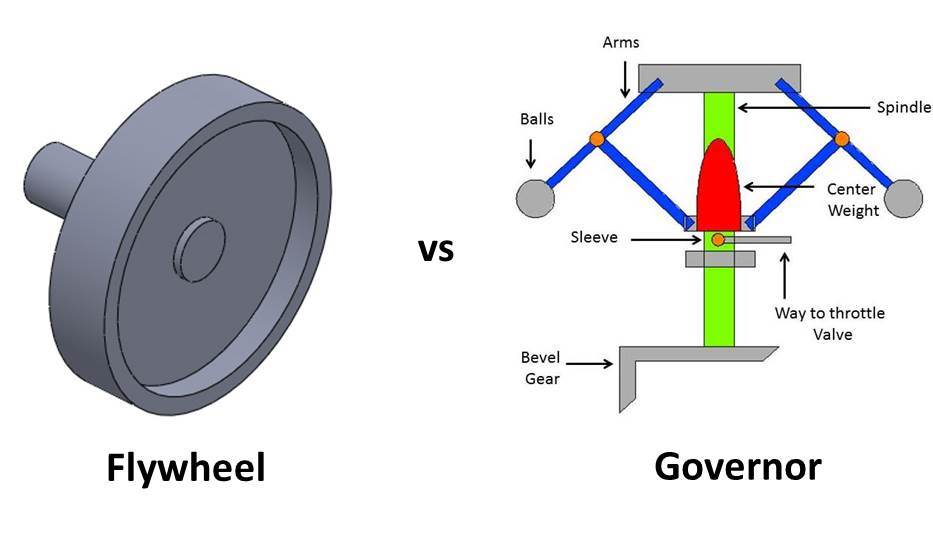
A flywheel is responsible for regulating the speed of the engine during a single cycle, whereas a governor ought to regulate the speed of the engine over a stipulated time. While a flywheel has no control over the quantity of working fluid, the governor has complete control over the same.
What controls RPM in a diesel engine?
RPM or the engine speed in a diesel engine is controlled by a device named the engine governor, which does so by effectively controlling the amount of fuel being injected into the engine.


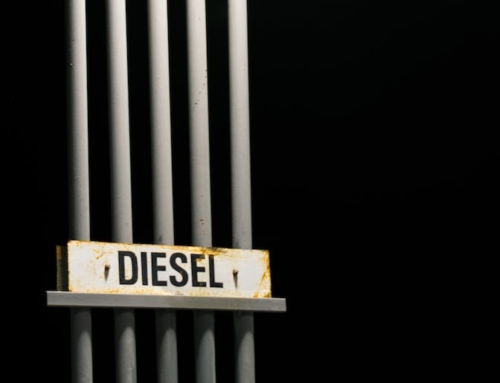
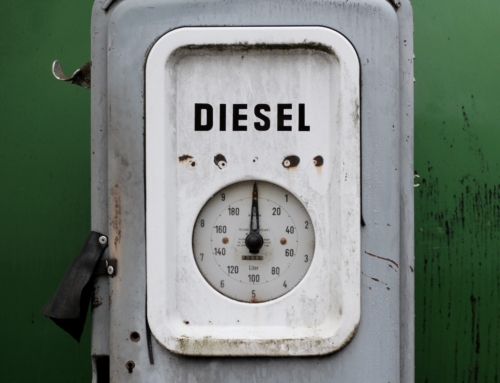


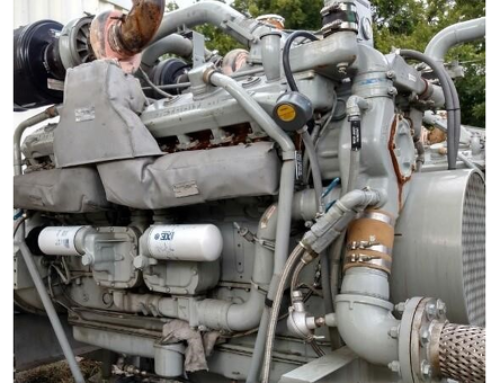
Leave A Comment